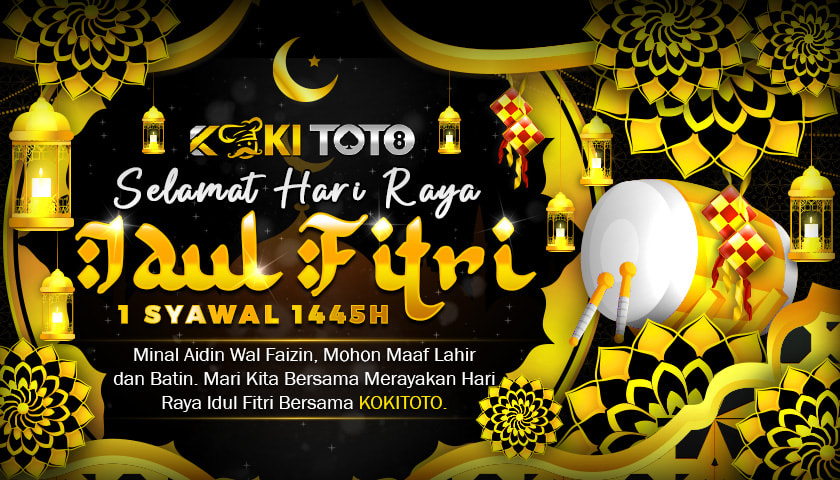A Brief History of 4D Lottery Games
페이지 정보
작성자 NW 작성일25-11-14 04:58 (수정:25-11-14 04:58)관련링크
본문

The history of 4D lottery games trace back to the 1950s–1960s when public and private entities began exploring new methods of revenue generation while providing the public with a culturally resonant game of chance. Originating in Southeast Asia, particularly in Singapore and Malaysia, the 4D lottery caught fire among the masses due to its straightforward gameplay and the thrill of uncertainty involved in matching a sequence from 0000 to 9999. Players would select a combination between 0000 and 9999 and then wait anxiously for the daily draw to see if their selection matched the winning combination.
Within Singapore’s borders, the 4D lottery was formally introduced in 1968 by Singapore Pools by the country’s first legal betting body, which had been founded to bring order to informal wagering. Prior to this, unregulated number bets were ubiquitous in local neighborhoods, often linked to criminal syndicates. The government recognized a unique chance to redirect public gambling into legal channels and convert underground wagers into state revenue. The 4D format was chosen because it struck a perfect equilibrium—offering broad public appeal while maintaining challenging odds just enough to ensure enduring participation without making victory feel impossible.
Malaysia adopted a parallel model in the the decade following Singapore’s launch, with its own 4D games managed by authorized private companies. These games became deeply woven into daily life, with many players developing personal rituals such as selecting lucky dates. The official announcements were aired across national networks, turning each draw into a shared communal event where families and friends would gather to watch.
With the rise of digital innovation, the 4D lottery transitioned from manual systems to algorithm-driven selection, which enhanced transparency and curbed corruption. By the 2000s, KOKITOTO online platforms emerged, enabling players to buy tickets from home without leaving their chairs, opening new markets across urban and rural communities alike.
Despite criticism, some label them as exploitative on low-income groups. Yet, the 4D lottery continues to thrive across Southeast Asia and beyond. It has also influenced neighboring markets in parts of Europe, where digit-based lottery variants have been adapted to cultural preferences. The timeless allure of the 4D lottery stems from its uncomplicated rules, the dream of a life-altering win, and the rich tapestry of rituals that have evolved through generations. As we move forward, it continues to serve as a cornerstone of lottery culture, blending tradition with modern convenience.
댓글목록
등록된 댓글이 없습니다.

